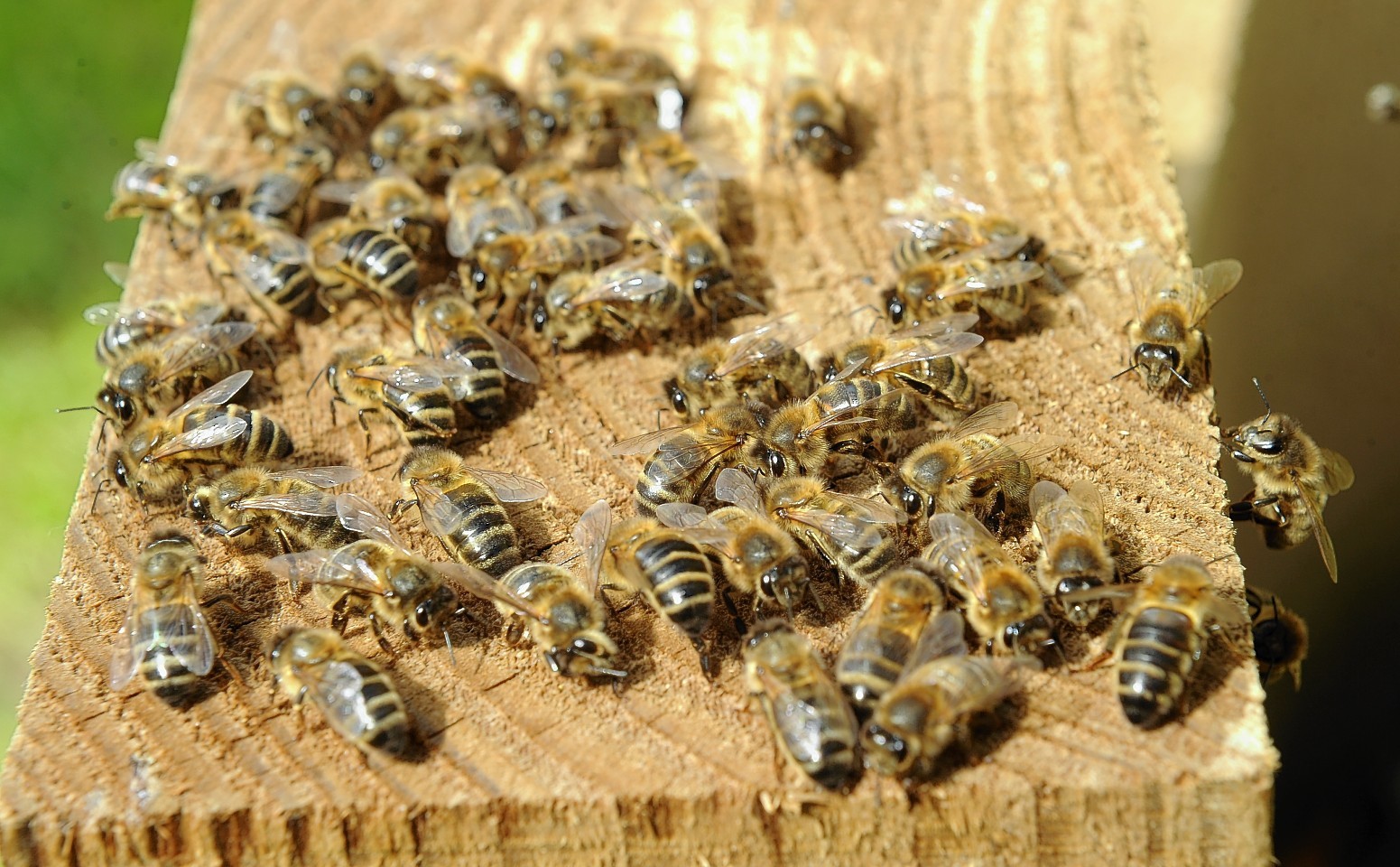An outbreak of a highly contagious disease affecting colonies of honeybees has been found in an apiary in the Tarland area of Aberdeenshire.
The case of American Foulbrood disease (AFB) was confirmed following laboratory diagnosis by Science and Advice for Scottish Agriculture (SASA).
The outbreak was found as part of the Scottish Government’s Scotland-wide surveillance programme, aimed at helping us understand more about the disease and husbandry factors affecting honeybee health in Scotland.
The notifiable disease, which is caused by spore-forming bacterium entering the larva through the bees feeding of contaminated food, kills the bee larva by completely consuming the body tissues.
The spores are highly resistant to extremes of temperature, chemical attack and other adverse conditions that kill most bacteria, and remain viable for many years.
The spores allow the bacterium to survive harsh conditions, and once those conditions have passed, the bacterium will germinate and reproduce.
Researchers say the cycle will repeat if harsh conditions occur again, making it very difficult to eliminate the spores from colonies.
There is no permitted treatment for the disease in the UK.
The Scottish Government confirmed that the AFB-infected hive was being destroyed and the movement of bees and related equipment into or out of the affected apiary were under specific controls.
The government stressed that there are no risks to public health from AFB and no implications for the quality and safety of honey.
It urged bee farmers and beekeepers to remain vigilant for signs of the disease, to maintain good husbandry practices and to notify any suspicion of disease to BeesMailbox@scotland.gsi.gov.uk.
In order to assist Scottish Government Bee Inspectors to control this and other diseases, beekeepers are urged to register on BeeBase, the national bee database.
This will give them access to-up-to date information on the control of AFB and bee related issues.
Beekeepers in the area of this outbreak who are not on BeeBase are requested to register at:
http://secure.csl.gov.uk/beebase/
or send their contact details to: BeesMailbox@scotland.gsi.gov.uk.
